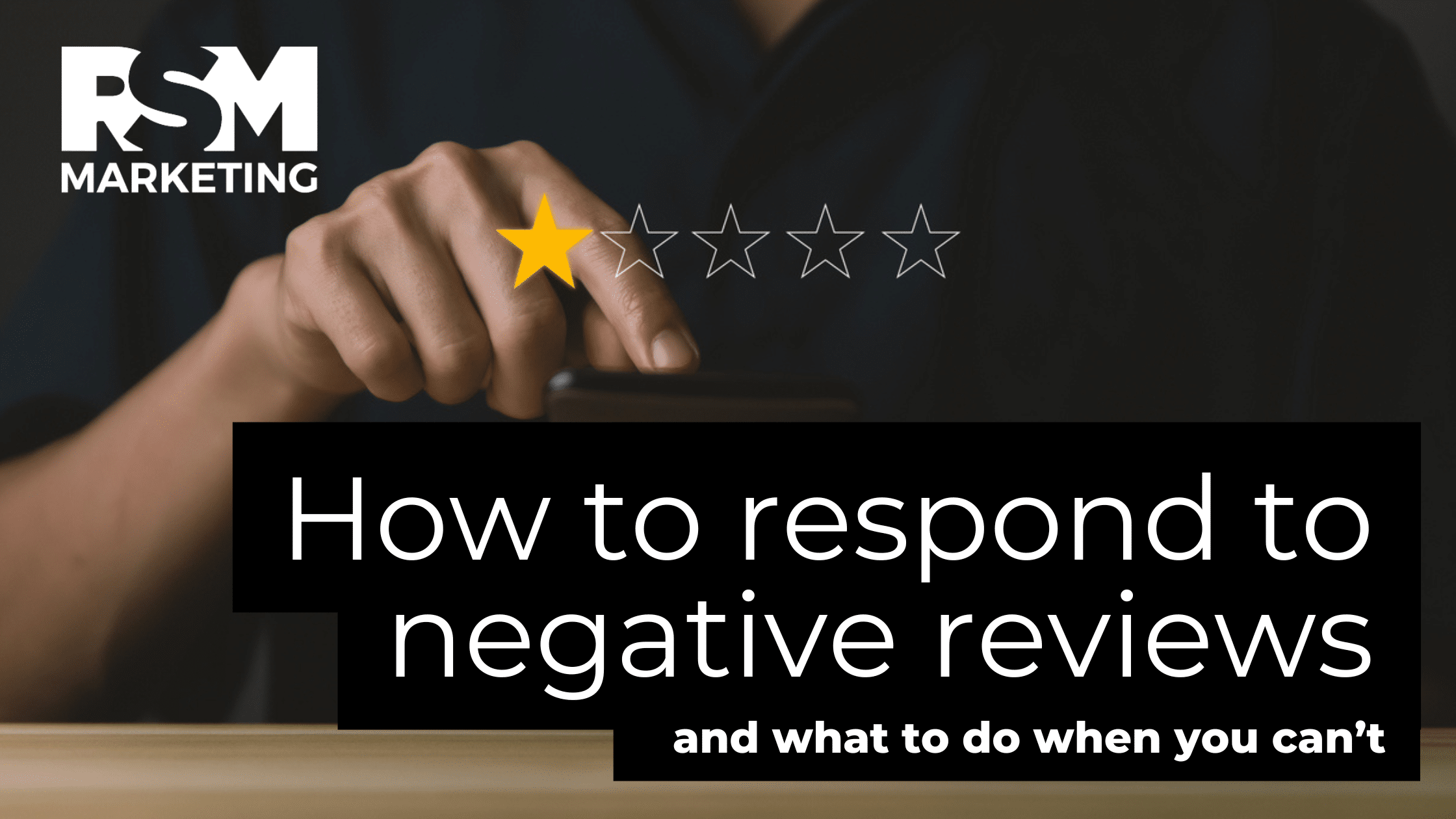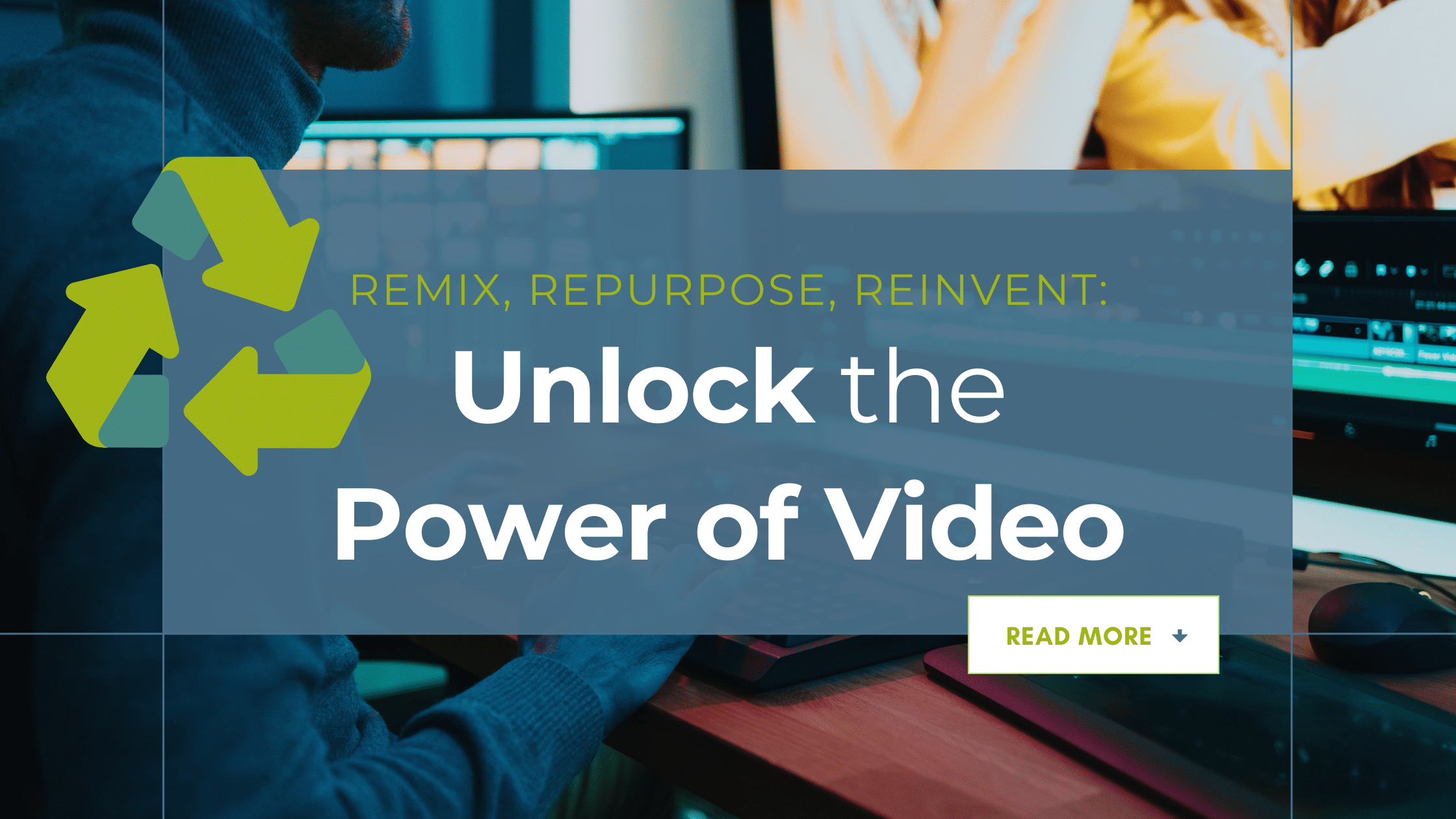Your brand is made up of both intangible elements (namely, the consumer experience as well as their perceptions and expectations of you) and tangible elements, most notably your logo and your messaging. Both the intangible and tangible elements must work together to consistently communicate your brand to your consumers.
That being said, have you ever noticed how companies change up their logos over a period of time? If you look at the evolutions of the world’s most well-known brands, you’ll notice that oftentimes companies will revamp their looks to be more current or relevant over time, all while remaining true to who they are as a brand.
For whatever reason, you may be tempted to undergo a rebranding process when really you should start with a logo update. When revamping your logo, keep in mind that who you are as a company (your culture, your values, etc.) needs to be thoroughly discussed so that your brand can be visually represented in your logo.
Sometimes, companies completely miss the mark, so it is a process that requires time. You need to understand why you’re changing things up and how this change could potentially affect your brand. When considering the direction you want to take with your updated logo, consider your options:
Iconic/Symbolic Logos
Iconic or Symbolic logos are recognizable by an element without words. Many brands are so, well, iconic that they don’t even need to put their name on them. Brands like Apple, Nike, and Pepsi are so prominent in our consciousness that only their image is needed for you to immediately register who they are and what they’re all about.
Logotype/ Wordmark
Logotype or Wordmark logos contain words only. Typically, you see a memorable font color treatment of the company name and some other unique design elements to distinguish the company.
Combination
A combination logo is made up of graphic elements and a company name/text treatment.
Notice how Starbucks’s logo has evolved over its 30+ years as a business? They started out as a combination logo and as their brand evolved, they’ve updated their logo to reflect their iconic status. You don’t even need the Starbucks name listed anywhere to know exactly what the siren means.
An impressive accomplishment, to be sure, but it’s a status Starbucks has earned over time and their logo reflects that. When you see that logo, you can hope to have your perception and expectations of that brand met.
So, what is your brand? Your logo should visually reflect your company’s promise to the consumer, your brand persona, and how you want to be perceived. This is your visual identity for your customers and it needs to line up with all those other elements. Again, really think through your brand and how you can convey who you are through your logo.





